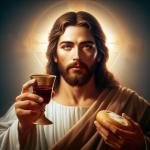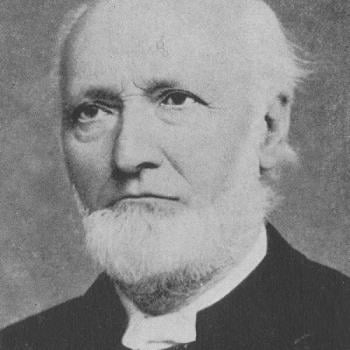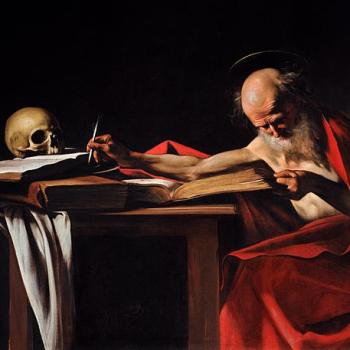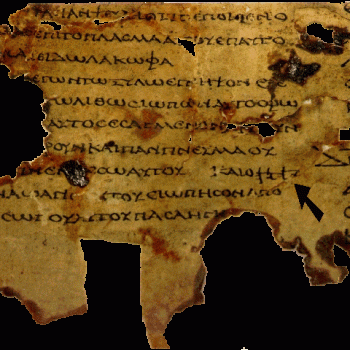False premises; unfounded, unbiblical divine “impossibilities”; cessationism; ten types of physical divine presence
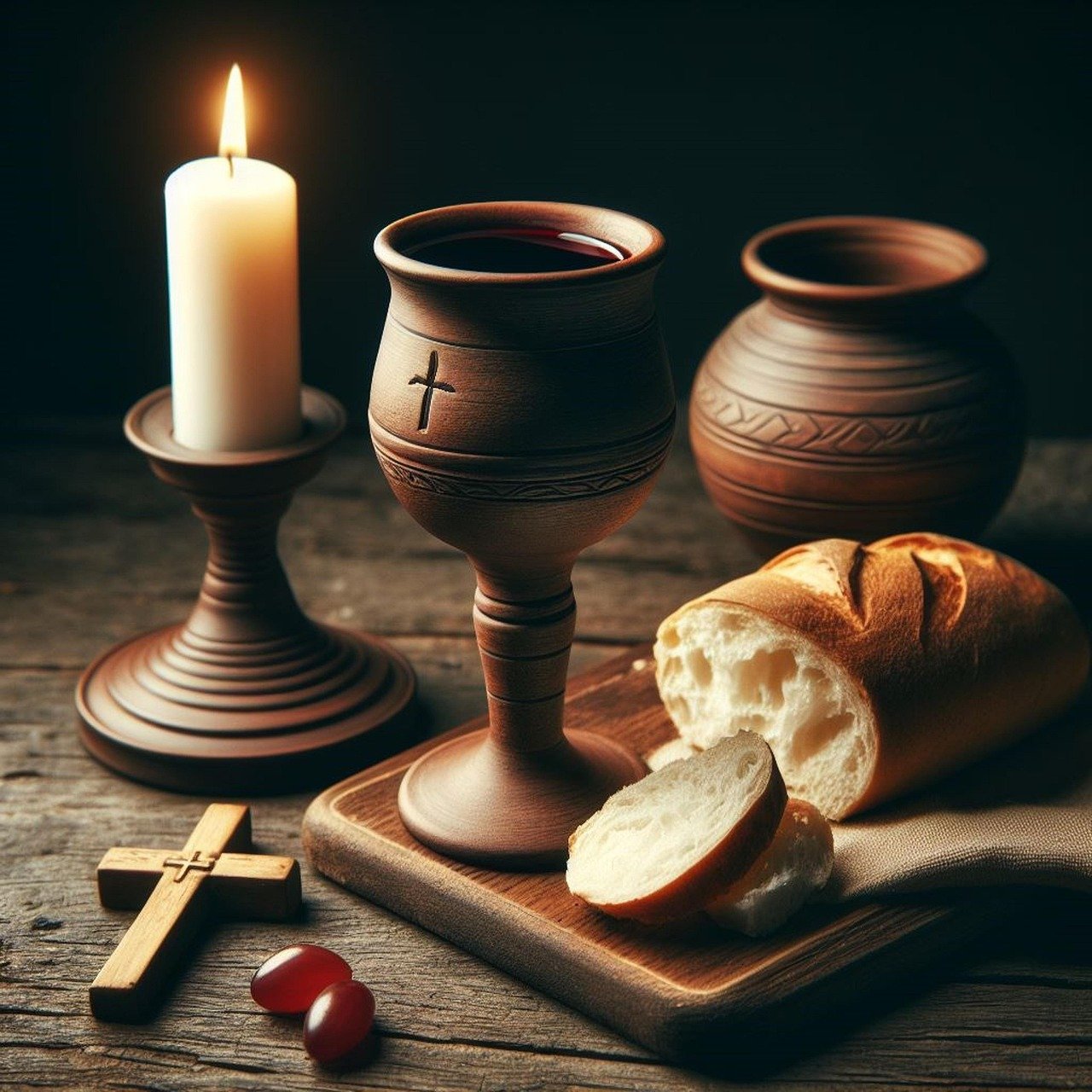
François Turretin (1623-1687) was a Genevan-Italian Reformed scholastic theologian and renowned defender of the Calvinistic (Reformed) orthodoxy represented by the Synod of Dort, and was one of the authors of the Helvetic Consensus (1675). He is generally considered to be the best Calvinist apologist besides John Calvin himself. His Institutes of Elenctic Theology (three volumes, Geneva, 1679–1685) used the scholastic method. “Elenctic” means “refuting an argument by proving the falsehood of its conclusion.” Turretin contended against the conflicting Christian perspectives of Catholicism and Arminianism. It was a popular textbook; notably at Princeton Theological Seminary, until it was replaced by Charles Hodge’s Systematic Theology in the late 19th century. Turretin also greatly influenced the Puritans.
This is a reply to portions of a section of Institutes of Elenctic Theology (Vol. 3, 19th Topic: The Sacraments / 28th Question: The Corporeal Presence of Christ in the Supper and the Oral Manducation of It). I utilize the edition translated by George Musgrave Giger and edited by James T. Dennison, Jr. (Presbyterian and Reformed Publishing Company, Phillipsburg, New Jersey: 1992 / 1994 / 1997; 2320 pages). It uses the KJV for Bible verses. I will use RSV unless otherwise indicated. All installments of this series of replies can be found on my Calvinism & General Protestantism web page, under the category, “Replies to Francois Turretin (1632-1687).” Turretin’s words will be in blue.
*****
Is Christ corporeally present in the Eucharist, and is he eaten with the mouth by believers? We deny against the Romanists and Lutherans.
And they “deny” against the Church fathers, medieval theologians, and the Bible. Not a good place to be . . .
The fiction of transubstantiation having been overthrown, . . .
I must have missed it. But it’s not overthrown if I am around to shoot down the weak and insufficient and radically unbiblical arguments against it. One day all saved believers will know what the truth of the matter is and will all agree. What a marvelous and blessed concept!: total unity. How sad that it was supposed to be like that in the Church all along.
The Scriptures so often propose to us the communion of the body and blood of Christ as the foundation and source of all his blessings . . .
Isn’t it odd and sad that Turretin can so casually and frequently make reference to “the body and blood of Christ” while at the same time denying that it really is that? But that’s the first thing that theological falsehood and heresy do: change the plain meanings of words.
Hence they invented a local and corporeal presence in order that it might be eaten with the mouth.
We didn’t invent anything. Jesus introduced these ideas, that had never crossed anyone’s mind:
John 6:50-51, 53-58 “This is the bread which comes down from heaven, that a man may eat of it and not die. . . . if any one eats of this bread, he will live for ever; and the bread which I shall give for the life of the world is my flesh. . . . unless you eat the flesh of the Son of man and drink his blood, you have no life in you; he who eats my flesh and drinks my blood has eternal life, . . . For my flesh is food indeed, and my blood is drink indeed. He who eats my flesh and drinks my blood abides in me, and I in him. . . . he who eats me will live because of me. . . . This is the bread which came down from heaven, not such as the fathers ate and died; he who eats this bread will live for ever.”
How many repetitions of an obvious truth does one need? It’s almost as if God was anticipating the eucharistic nonsense that we have been burdened with since the 1520s, and made the truth of the matter so clear in Scripture that no one without a prior bias or constant brainwashing could possibly deny it. Yet they do . . . so our apologetic and exegetical task still remains.
It is not inquired whether our union with Christ is necessary for salvation (which we acknowledge and urge) . . .
Note how he rightfully holds that partaking of Holy Communion is “necessary for salvation.”
Christ’s body is proposed in the Supper to us and represented by the sacramental signs as dead and his blood as poured out of his veins (in which manner it is impossible for Christ’s body to be made present to us at this day corporeally and indistantly [adiastatōs], since he can die no more); . . .
This is simply not impossible at all for God to do. Nothing logically forbids it, for those who grant miracles, the supernatural, and God’s omnipotence. Turretin assumes it but doesn’t prove it. Again, he thinks like the Pauline “unspiritual man.” His God is “too small.” As a thought experiment, imagine that instead of becoming one man, Jesus, in the incarnation, God the Father decided to become 10,000 men? Who could tell Him that it was “impossible” to do that? It’s no more impossible than one incarnation was. It’s no more impossible than God subsisting in three Persons, yet being one God and not three. Yet Turretin wants us to believe that it’s “impossible for Christ’s body to be made present to us at this day corporeally.” Nonsense!
Christ commands us “to do this in remembrance of him” (Lk. 22:19). Now memory is only of things absent and past, not of those present; nor, if all things are said to be present to faith, is this understood of a local presence . . .
Actually, the words used suggest a timeless present. The one crucifixion of Jesus in history is supernaturally made present to us in the Mass. See:
The cessationist doctrine arose in the Reformed theology: initially in response to claims of Roman Catholic miracles. . . .*It was when these miracles in the Catholic Church were used as a polemic against the post-Reformation Protestant churches that John Calvin began to develop a doctrine of cessationism, and it was primarily in the Calvinist tradition that this doctrine was developed. . . .*The Roman Catholic Church and most other wings of Protestantism were never cessationist by doctrine.
Immaterial Divine Presence*1) God is omnipresent.2) God can be and was specially present in empty spaces (e.g., the temple, tabernacle, and above the ark of the covenant).3) God was “with” the victorious armies of the Israelites (Jud 6:16) and with holy men like Moses and Joshua.4) God was present in sublime visual scenes, such as described by Isaiah, Daniel, and St. John (Is 6:1-7; Dan 7:1-10; Rev 1:12-16).5) God was specially present in — even to the point of being equated with — the Angel of the Lord.6) God indwells believers. The Bible says this interchangeably about all three Persons of the Holy Trinity. Once again, God is “in” physical matter (us).7) We are continually working towards being united to God in the sense of theosis / divinization (2 Cor 3:18; Eph 4:15; 2 Pet 1:4).8) Jesus’ disciples are “in Christ”.9) Jesus’ disciples are “in the Father” (1 Jn 2:24), and (the same thing) “in him” (Acts 17:18; 1 Jn 2:5; 3:6).10) Jesus’ disciples are “in the Holy Spirit” and “in the Spirit”.
Divine Presence Involving Physicality Wholly or Partially*11) God can be and was present in a special way in matter (the pillars of cloud and fire, the burning bush).12) God was present in theophanies in the Old Testament.13) God became a man, Jesus, in the incarnation (Jesus’ 33 years or so of earthly life).14) Jesus was present for forty days as the incarnate God the Son risen from the dead, with a resurrected body capable of walking through walls (Jn 20:19, 26).15) Jesus will be physically present in His glorified post-Ascension state when He returns in the Second Coming.16) Jesus is present sacramentally (a different sort of miraculous physicality) in the Holy Eucharist.17) We’re mysteriously united to Jesus in His death and resurrection in baptism (Rom 6:3-8).18) We’re united in a profound sense to Jesus’ death and resurrection on an ongoing basis (2 Cor 4:10; Phil 3:10; Gal 2:20).19) St. Paul said that “in my flesh I complete what is lacking in Christ’s afflictions” (Col 1:24) and “I bear on my body the marks of Jesus” (Gal 6:17).20) Jesus is somehow connected to His Church, the Body of Christ; so much so that He told Paul that he was persecuting Him when he was persecuting the Church (Acts 9:4-5; 22:7-8; 26:14-15).
The union which exists between us and Christ is nowhere said to be corporeal, but spiritual and mystical, which can be brought about in no other way than by the Spirit and faith (1 Cor. 6:17; Eph. 3:17).
John 6:56 For my flesh is food indeed, and my blood is drink indeed. [56] He who eats my flesh and drinks my blood abides in me, and I in him.
John 6:60-61, 64, 66 Many of his disciples, when they heard it, said, “This is a hard saying; who can listen to it?” [61] But Jesus, knowing in himself that his disciples murmured at it, said to them, “Do you take offense at this? . . . [64] But there are some of you that do not believe.” For Jesus knew from the first who those were that did not believe, and who it was that would betray him. . . . [66] After this many of his disciples drew back and no longer went about with him.
*
***
*
Photo credit: image by VesaL (4-8-24) [Pixabay / Pixabay Content License]
Summary: Calvinist theologian François Turretin says transubstantiation is impossible and offers various and sundry weak arguments: all of which I shoot down from the Bible and logic.


